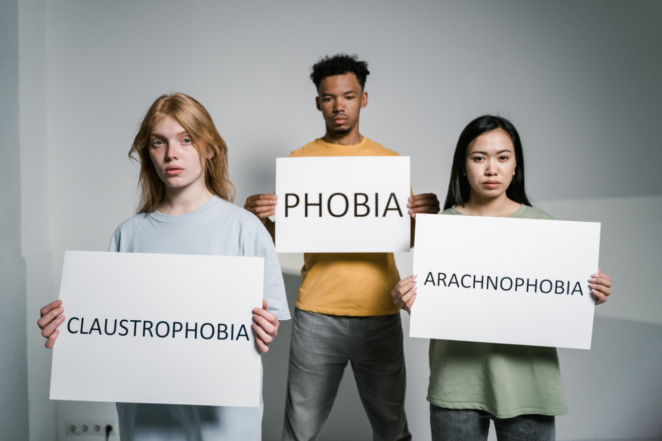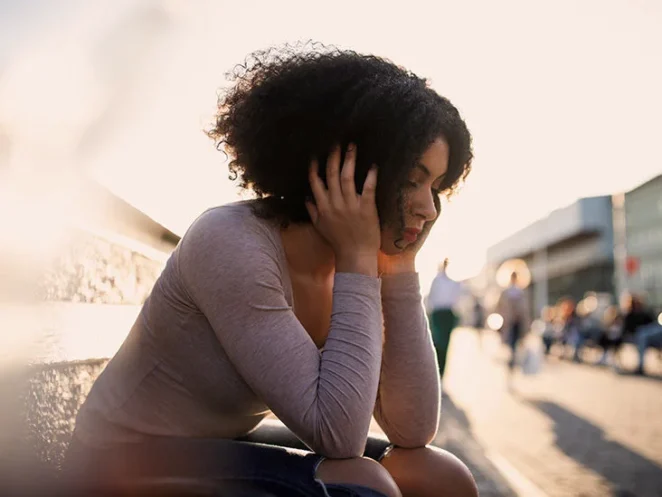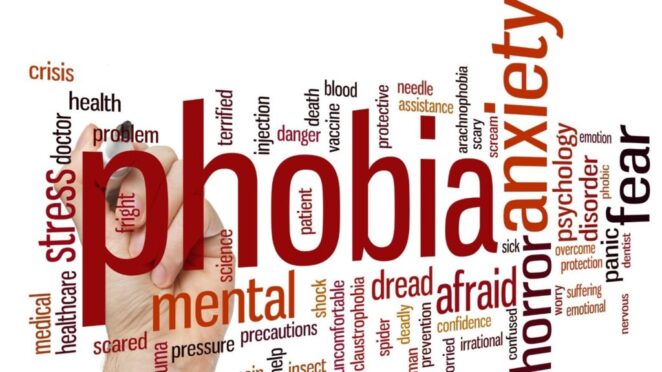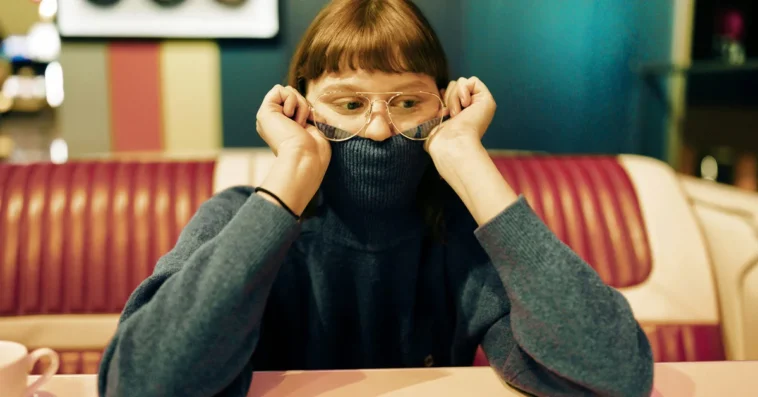Phobias are more than just an abnormal fear of specific things. Anxiety disorders express when a person’s daily activities are rearranged to avoid whatever it is they’re afraid of.
Phobias are a form of anxiety disorder. If you suffer from a phobia, you’ll feel an intense urge to avoid coming into any kind of contact with whatever it is that’s making you anxious. The feared object or situation, or even just thinking about it, can trigger intense fear and even panic.
To a lesser extent, your phobia may not interfere with your daily life if the object or animal that causes it is one that you rarely, if ever, encounter, like a snake.
However, it can be extremely challenging to live a normal life if you suffer from a more complex phobia, such as agoraphobia.
Types

Phobias can be divided into three broad categories:
- Phobias that can be identified specifically (simple phobia). This is the most common type of phobia, and it manifests in a variety of ways, including aversion to certain animals (like dogs, cats, spiders, and snakes), certain people (like clowns and dentists), certain places (like dark, thunderstorms, and high places), and certain situations (such as flying in a plane, riding on a train, being in a confined space). It appears that at least some cases of these diseases are inherited.
- Social anxiety disorder (formerly called “social phobia”). Those who suffer from social anxiety disorder have an extreme aversion to any situation in which they might feel judged or humiliated in front of other people. When it involves strangers, their anxiety levels skyrocket. It’s possible that the anxiety only manifests itself during public performances like speeches, concerts, or business presentations. If the phobia is more widespread, the phobic may avoid eating out in public or using public restrooms.
- Agoraphobia. Some people experience anxiety when they are in crowded public places where they feel they might be humiliated if they had to leave quickly. Movies, concerts and public transportation may all be off-limits to someone with agoraphobia. People who suffer from agoraphobia frequently also struggle with panic attacks or another form of panic disorder.
- Phobias in children typically emerge between the ages of 5 and 9 and last for a relatively short period of time before disappearing. Long-lasting fears typically manifest in one’s twenties.
- An adult phobia is more likely to persist for years without resolution without any intervention. Anxiety disorders, depression, and substance abuse are just some of the many psychiatric conditions that an adult with a phobia may be more likely to develop.
How the brain works during a phobia
There are specific regions of the brain that are responsible for remembering and storing potentially life-threatening experiences.
When a person is confronted with a situation that is similar to the one that caused stress, those memory centers in the brain will recall the traumatic experience, and they may do so multiple times. Similarly, this causes a physiological response in the body.
In a phobic person, the parts of the brain that process anxiety and stress inappropriately keep bringing up the traumatic experience.
The amygdala, a small area of the brain located behind the pituitary gland, has been linked by researchers to phobias. The amygdala plays a role in releasing “fight or flight” hormones. These induce a state of heightened awareness and anxiety in the user.
When should I seek treatment for a phobia?

Knowing when to seek assistance for a phobia can be challenging. Fears are anxiety disorders, so keep that in mind. If your daily life is negatively impacted, you experience significant distress, you avoid the feared object, situation, place, or activity, and you no longer engage in activities that you once enjoyed due to your fear, anxiety, or panic, it may be time to seek treatment for your phobia.
How are phobias handled?
Most phobias respond well to treatment, and some can even be cured. Exposure therapy consists of gradually exposing the patient to the feared animal, object, location, or situation in order to treat simple phobias. Desensitization or self-exposure therapy describes this method. These strategies could be tried either with the assistance of a trained professional or independently.
Talking therapies like counseling, psychotherapy, and cognitive behavioral therapy are often used in the lengthy treatment of complex phobias (CBT).
Anxiety disorders are typically not treated with medication. However, doctors do sometimes recommend it as a means of managing anxiety. Medication used could include things like antidepressants and tranquilizers.
Self-help methods
Sometimes, people who are trying to help themselves will use a hybrid approach, fusing elements from different therapies together.
Breathing exercises are one type of relaxation technique that can be helpful during times of increased stress or anxiety.
The term “visualization techniques” refers to a set of exercises that help people imagine themselves dealing calmly with potentially stressful situations.

Conclusion
A phobia can’t be stopped in its tracks once it begins. However, the disorder’s negative effects can be mitigated with treatment. If you have been experiencing excessive worry, fear, or anxiety that is affecting your quality of life, interpersonal relationships, or ability to perform daily tasks, it is important that you schedule an appointment with the best psychiatrist as soon as possible.
FAQs
1. Do people naturally have fears or do they learn to fear things?
The development of a phobia has been shown to be affected by both genetic and environmental factors (nature and nurture), suggesting that phobias may run in families.
2. How long can a phobia last?
Ten percent to thirty percent of people with phobias have had it for decades, and phobic symptoms are a strong indicator of the future development of additional anxiety, mood, and substance-use disorders.
3. When do people typically develop fears?
Fears and phobias can develop even in young children. Nonetheless, the average age of the first appearance is between 15 and 20. They have the same impact on men and women. However, men are more likely to seek help from professionals when experiencing a phobia.




